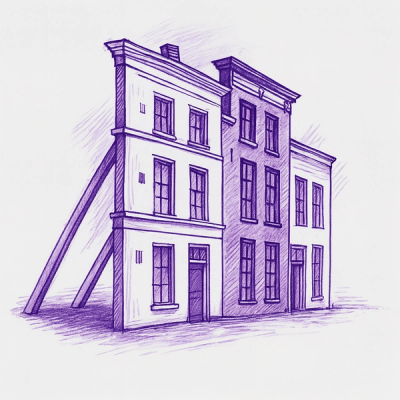
Security News
Official Go SDK for MCP in Development, Stable Release Expected in August
The official Go SDK for the Model Context Protocol is in development, with a stable, production-ready release expected by August 2025.
angle-input
Advanced tools
Angle Input is a UI component for entering an angle value. Angle Input aims to be the go-to component of its kind and currently has components that work for vanilla JavaScript, jQuery, and React.
npm install angle-input
Usage depends on which environment Angle Input is used.
var AngleInput = require('angle-input');
// these are the defaults
var options = {
max: 360, // maximum value
min: 0, // minimum value
step: 1, // [min, min+step, ..., max]
name: 'angle', // used for <input name>
};
// elem should be a non-void element
// (i.e.) it can contain an <input/>
var elem = document.getElementById('my-angle-input');
// the element is bound to its angle options,
// and an [g/s]etter for the angle is returned.
var angle = AngleInput(elem, options);
var newAngle = 180;
var oldAngle = angle(); // get
angle(newAngle); // set
// listen element events like you would
// for any standard input component.
// fired for only definitive value changes
elem.onchange = function(e) {
// elem.addEventListener() and
// elem.removeEventListener() also work.
}
// fired for every immediate value change
// similar to <input type='range'/>
elem.oninput = function(e) {
// these events are synthetic
// access the real events via the member e.raw
}
jQuery does not deviate much from the Vanilla, jQuery integration is essentially two methods:
jQuery.angleInput($ || DOMNode, [options])$($ || DOMNode).angleInput([options])The differences are very subtle. The former is used when you want to access the Angle Input [g/s]etter for one specific element. The latter is used when you want to chain the creation of Angle Input for one or more elements and continue the chain with the elements using other jQuery functions.
var xetter = $.angleInput($('.single-input-angle'), options)
// ^ Note: you may create multiple Angle Inputs, but only
// the [g/s]etter for the first element is returned.
$('.angle-input')
.angleInput(options)
.addClass('default-angle-input')
.on('change', updateAngleLabel);
To access the Angle Input [g/s]etters for multiple elements, use:
var xetters = $(elements).map($.angleInput).get();
Event handling with jQuery is the same as with any other input, but only change and input events are fired. Also, jQuery's $.val() method does not work. Use $.angleInput(elem)() to access the angle value instead.
The React component of Angle Input is written in React-style and therefore is quite different than plain JavaScript.
var AngleInput = require('angle-input/react');
var MyComponent = React.createClass({
render: function() {
return React.createElement(AngleInput, {
// default props
defaultValue: 0,
max: 360,
min: 0,
step: 1,
className: 'angle-input',
pivotClassName: 'angle-input-pivot',
onChange: function(newAngle) {},
onInput: function(newAngle) {}
});
}
});
Note: The React component does not support form submission via a nested <input> tag. Instead a parent component must get this value from the component.
Angle Input has a unified HTML representation so CSS written for a React input works for a plain JavaScript input. The markup, where <x> is any non-void tag, is as follows:
<x>
<span><span/>
</x>
<x> is the container and <span> is the pivot, which rotates counter-clockwise relative to its container.
Using CSS :after and :before selectors, the styles of Angle Input are endless.
FAQs
Angle input for jQuery, React, and vanilla JavaScript
The npm package angle-input receives a total of 0 weekly downloads. As such, angle-input popularity was classified as not popular.
We found that angle-input demonstrated a not healthy version release cadence and project activity because the last version was released a year ago. It has 1 open source maintainer collaborating on the project.
Did you know?

Socket for GitHub automatically highlights issues in each pull request and monitors the health of all your open source dependencies. Discover the contents of your packages and block harmful activity before you install or update your dependencies.

Security News
The official Go SDK for the Model Context Protocol is in development, with a stable, production-ready release expected by August 2025.

Security News
New research reveals that LLMs often fake understanding, passing benchmarks but failing to apply concepts or stay internally consistent.

Security News
Django has updated its security policies to reject AI-generated vulnerability reports that include fabricated or unverifiable content.